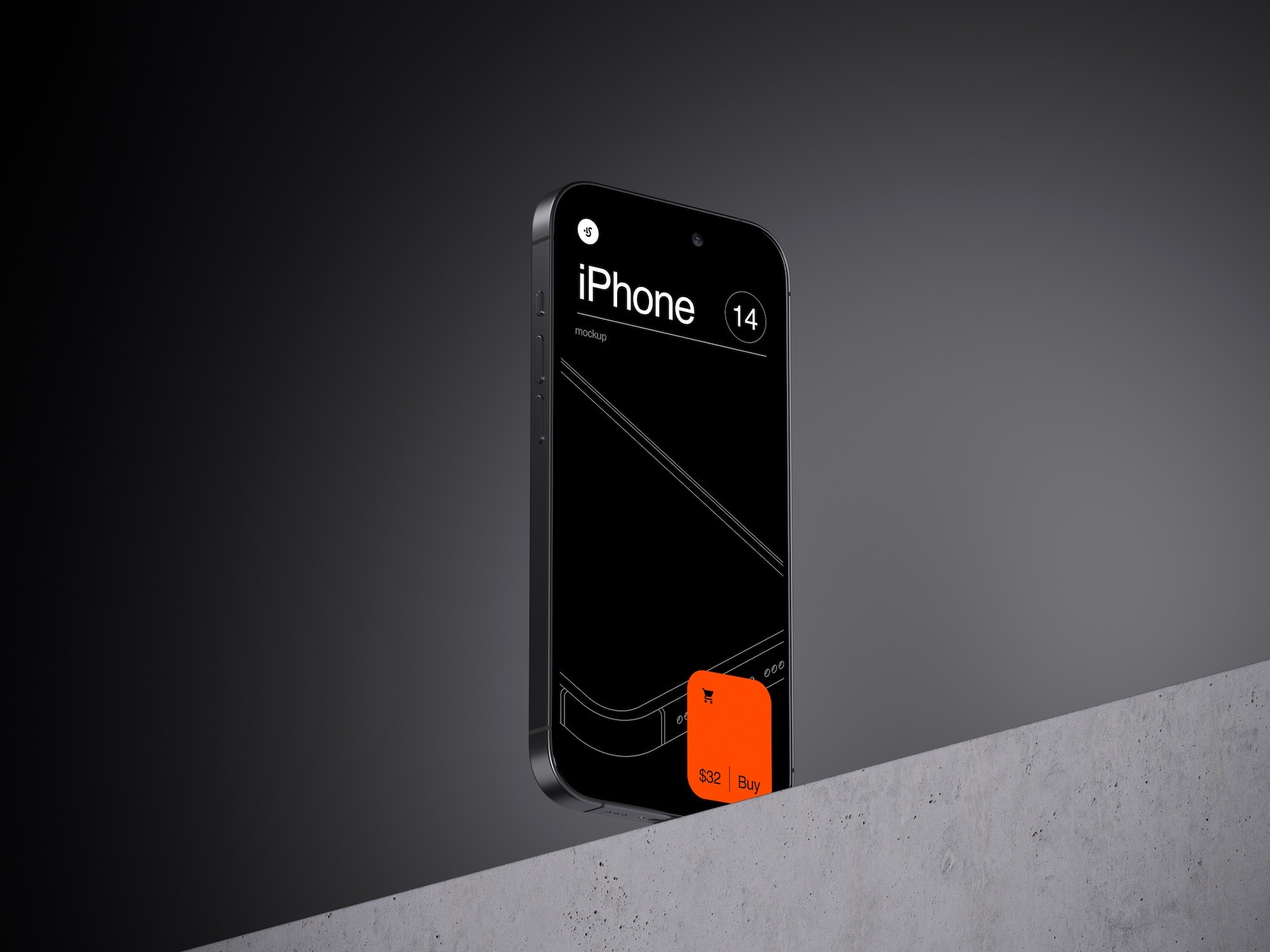Supporting customers with a workflow to act quickly during major security events
Provide fast and reliable answers about exposure during increasingly common and critical security event fire-drills
Role
Lead Product Designer
Industry
I collaborated with a 4 person development team, 2 product managers, and members of the data science team
Duration
Oct 2021 to Feb 2024
Milestone 1: Vulnerability Detection
Initial Research
I interviewed several users that had just gone through the Solarwinds security event to understand their experience and where the highest points of friction were.
I distilled our findings into a Security Event Journey map and prioritized our first release around the second step where users noted the most acute pain: Assess and Triage
Top findings:
A confusing and limited vulnerability catalog,
Three different ways to get a list of vendors impacted that gave 3 different lists,
clunky and custom filter sets having to be created for every vulnerability took us a long time to get the data in a scenario where time was of the essence.
View the full report here
We tested and refined a prototype of a future workflow with users.
Top findings:
Concept Testing
Scoping Sessions
Delivery
Milestone 2: Vulnerability Response
After the first milestone, we moved forward to deliver the second most important part of the workflow, the ability to send inquiries to companies that might be affected.
Usability Testing
New Component Creation with Development
Cross Business Unit Collaboration
Launch
Milestone 3: Vulnerability Groups
Customers are getting more proactive about their vulnerabiltiy management, often using groups like the CISA known vulnerability catalog
Milestone 4: Early Detection Data + Data Improvements
Collaborated closely with the development team to ensure a smooth transition from design to implementation. Provided ongoing support and guidance during the development phase, addressing any design-related challenges that arose. Played a key role in the app's successful relaunch, monitoring user feedback and engagement post-launch to inform future updates.






